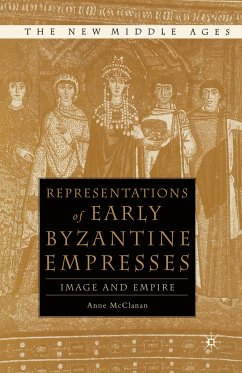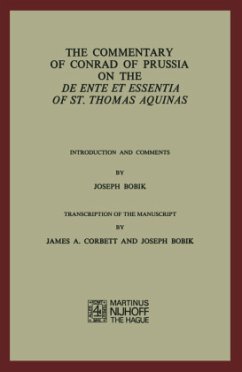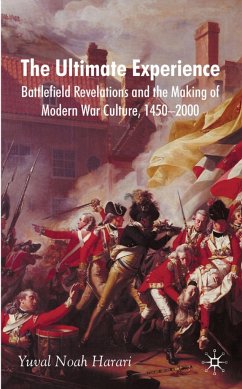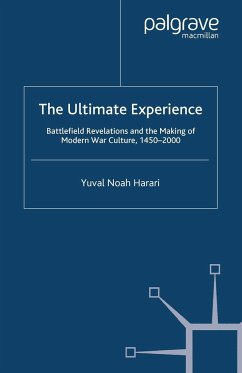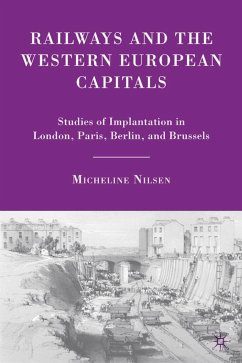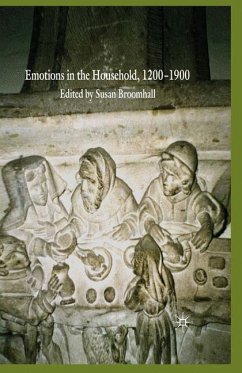
Beauty and the Male Body in Byzantium
Perceptions and Representations in Art and Text

PAYBACK Punkte
19 °P sammeln!
A neglected aspect of Byzantium, physical beauty appears as a quality with an unmistakable dark side, relating ambiguously to notions of power, goodness, evil, masculinity, effeminacy, life and death. Examined as an attribute of the human and, in particular, of the male body, this study of beauty refines our understanding of the Byzantine world.




